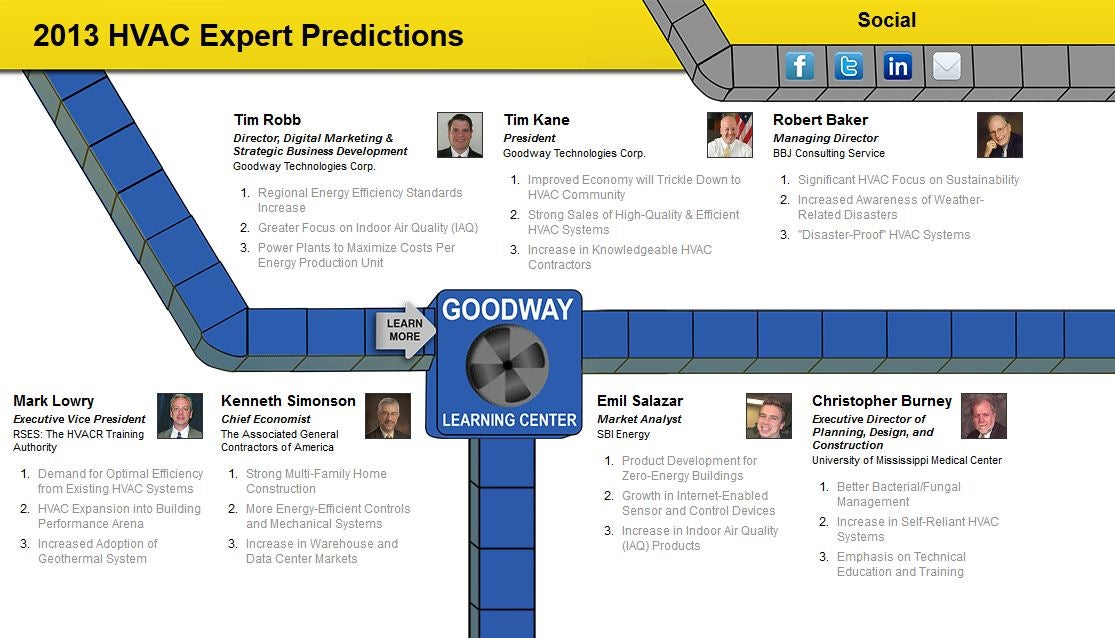The Future Of Home Heating - Just How Heat Pump Technology Is Evolving
The Future Of Home Heating - Just How Heat Pump Technology Is Evolving
Blog Article
Created By-Baker Goff
Heatpump will be an important technology for decarbonising heating. In a circumstance consistent with governments' revealed power and environment dedications, their worldwide capability doubles by 2030, while their share in home heating rises to one-quarter.
They function best in well-insulated homes and depend on power, which can be provided from a renewable power grid. Technological innovations are making them more effective, smarter and cheaper.
Gas Cells
Heatpump utilize a compressor, refrigerant, coils and followers to move the air and heat in homes and appliances. They can be powered by solar energy or electrical power from the grid. They have been gaining popularity due to their inexpensive, quiet procedure and the capability to create power throughout peak power need.
Some companies, like IdaTech and BG MicroGen, are dealing with fuel cells for home heating. These microgenerators can replace a gas boiler and generate some of a home's electric requirements with a connection to the power grid for the rest.
However there are reasons to be cynical of using hydrogen for home heating, Rosenow states. It would be expensive and inefficient compared to various other modern technologies, and it would contribute to carbon exhausts.
Smart and Connected Technologies
Smart home innovation enables property owners to link and control their tools remotely with making use of smart device apps. For example, smart thermostats can learn your heating choices and automatically adjust to enhance power usage. Smart lighting systems can be managed with voice commands and immediately turn off lights when you leave the space, decreasing power waste. And clever plugs can keep an eye on and handle your electric use, permitting you to recognize and limit energy-hungry home appliances.
The tech-savvy household illustrated in Carina's meeting is a good image of how owners reconfigure area heating techniques in the light of new clever home innovations. They rely upon the devices' automatic features to carry out everyday modifications and concern them as a hassle-free means of performing their home heating techniques. Because of this, they see no factor to adjust their methods even more in order to make it possible for flexibility in their home power need, and treatments targeting at doing so might deal with resistance from these households.
Electricity
Since heating up homes accounts for 13% people discharges, a button to cleaner options might make a big difference. But the technology encounters difficulties: It's costly and requires considerable home improvements. And it's not constantly suitable with renewable energy sources, such as solar and wind.
Until just recently, electrical heatpump were also expensive to take on gas designs in the majority of markets. But new technologies in layout and materials are making them a lot more budget friendly. And far better cold environment efficiency is allowing them to operate well even in subzero temperatures.
The next step in decarbonising home heating may be using warm networks, which attract warmth from a main source, such as a nearby river or sea inlet, and distribute it to a network of homes or buildings. That would lower carbon exhausts and allow homes to capitalize on renewable resource, such as eco-friendly electricity from a grid provided by renewables. This option would certainly be less pricey than switching to hydrogen, a nonrenewable fuel source that requires brand-new facilities and would just lower carbon dioxide emissions by 5 percent if coupled with improved home insulation.
Renewable Energy
As electrical energy rates drop, we're beginning to see the exact same pattern in home heating that has driven electric automobiles right into the mainstream-- however at an even quicker pace. The strong environment instance for electrifying homes has been pressed better by brand-new research study.
Renewables represent a significant share of modern heat intake, but have been given restricted policy interest around the world contrasted to other end-use markets-- and even much less focus than electrical power has. Partly, this shows a mix of consumer inertia, split incentives and, in many nations, aids for fossil fuels.
New technologies could make the shift less complicated. For instance, heat pumps can be made much more power reliable by changing old R-22 cooling agents with brand-new ones that don't have the high GWPs of their predecessors. https://www.usnews.com/360-reviews/services/home-warranty/how-to-buy-home-warranty that draw warmth from a close-by river or sea inlet, like a Norwegian fjord. The warm water can after that be made use of for heating and cooling in a community.